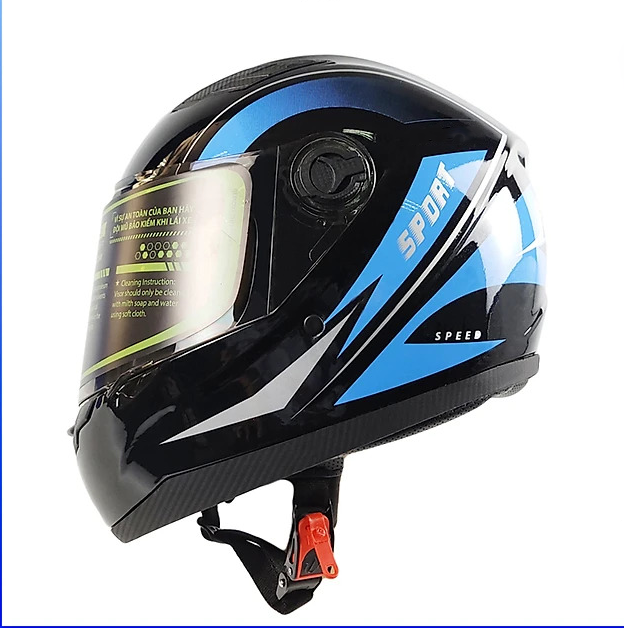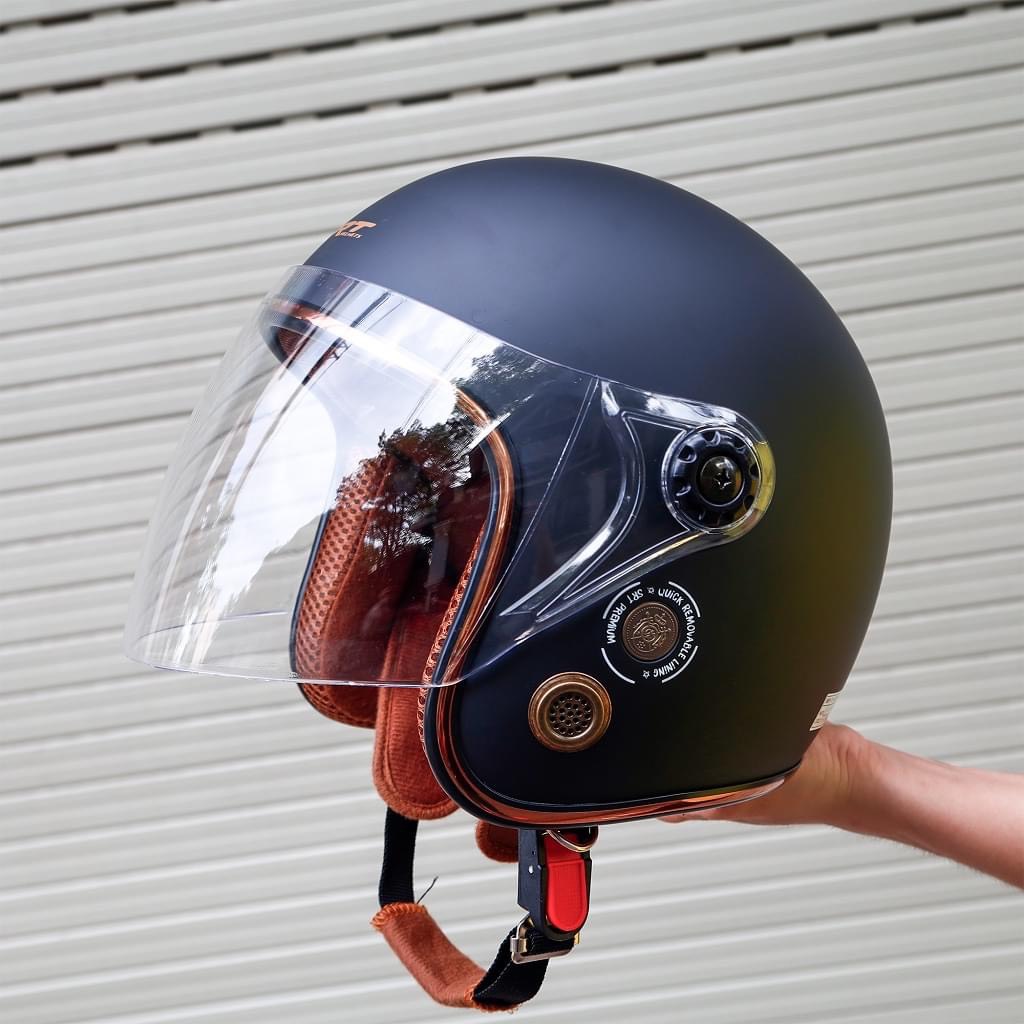Different Types of Helmets
Helmets are an essential piece of safety gear for anyone who rides a motorcycle, bicycle, or other vehicle. There are many different types of helmets available, each designed for a specific purpose.
Full-face helmets
Full-face helmets cover the entire head, including the face, chin, and jaw. They are the most protective type of helmet and offer the best protection against head injuries.

Open-face helmets
Open-face helmets cover the top and sides of the head, but leave the face exposed. They are not as protective as full-face helmets, but they are more comfortable and easier to wear.

Modular helmets
Modular helmets are a combination of full-face and open-face helmets. They have a chin bar that can be flipped up to allow the rider to talk or eat.

Half-helmets
Half-helmets cover the top and sides of the head, but leave the back of the head exposed. They are the least protective type of helmet and are not recommended for motorcycle riding.

Off-road helmets
Off-road helmets are designed for use in off-road conditions. They are often made of a more durable material than street helmets and have a visor that can be flipped up to protect the rider’s face from dust and debris.
Other types of helmets
There are many other types of helmets available, including helmets for rollerblading, skateboarding, and horseback riding. When choosing a helmet, it is important to choose one that is appropriate for the activity you will be using it for.

How to choose a helmet
When choosing a helmet, there are a few things to keep in mind:
- Fit: The helmet should fit snugly, but not too tightly. It should not move around when you shake your head.
- Ventilation: The helmet should have good ventilation to help keep your head cool and comfortable.
- Safety standards: The helmet should meet the safety standards of your country or region.
Fit
The most important factor to consider when choosing a helmet is fit. The helmet should fit snugly, but not too tightly. It should not move around when you shake your head.
To find the right fit, try on several helmets in different sizes. The helmet should sit level on your head, with the visor in line with your eyebrows. The chin strap should be snug enough to keep the helmet in place, but not so tight that it is uncomfortable.
Ventilation
Good ventilation is important to help keep your head cool and comfortable, especially on hot days. Look for a helmet with vents in the shell and liner.

Safety standards
In the United States, helmets must meet the standards set by the Department of Transportation (DOT). In other countries, there may be different safety standards.
Additional tips
- **Replace your helmet after a crash, even if it doesn’t appear to be damaged.
- **Inspect your helmet regularly for signs of wear or damage.
- **Wear your helmet correctly, with the chin strap snug.
Conclusion
There are many different types of helmets available, each designed for a specific purpose. When choosing a helmet, it is important to choose one that is appropriate for the activity you will be using it for.


Hi, this is a comment.
To get started with moderating, editing, and deleting comments, please visit the Comments screen in the dashboard.
Commenter avatars come from Gravatar.